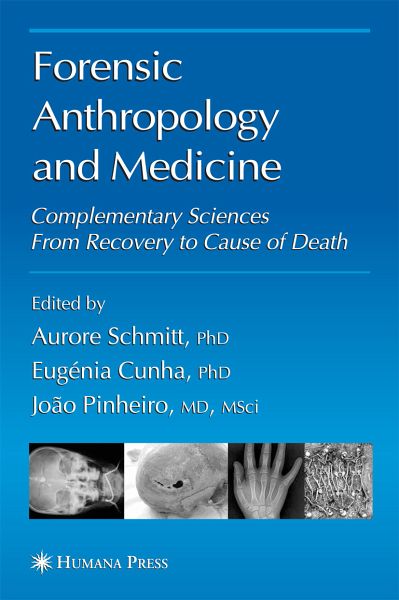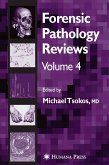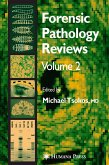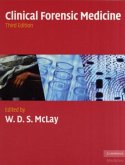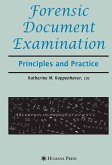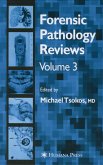The aim of this book is to dissect forensic anthropology and forensic pathology in its various and valuable contributions to contemporary society. It gives answers and approaches key questions to this sciences' growing audience within different countries in the recent years. It aims to provide a practical approach to the investigation of bodies that are not fresh enough to be considered a normal forensic case. The specialists of both areas can have in a single book the useful tools and practical recommendations of these specialities (forensic anthropology and forensic pathology) that are spread among other textbooks. It proposes original, illustrated, and updated articles on the four parameters of the biological profile; it discusses the factors of individualization; it explains the decay process of a body and the relevance of each step for forensic sciences, providing a useful approach to investigate such corpses; it reviews bone trauma; it facilitates the access to a number of international organizations and protocols related with the subject; and it compares the perspectives of expertises from different countries, namely Europe, North America, and Latin America. The majority of the authors found in this volume have quite a lot of experience with the subjects that they discuss. Finally, this book provides a bridge between forensic anthropology and forensic pathology, and brings practical advice from physical anthropology. Forensic Anthropology and Medicine: Complementary Sciences From Recovery to Cause of Death presents both forensic anthropology and forensic pathology in their various and valuable contributions to contemporary society. Providing original, illustrated, and updated articles on the four parameters of the biological profile, this text encompasses the factors of individualization; the decay process of a body and the relevance of each step for forensic sciences; bone trauma; access to a number of international organizations; and protocols related with the subject, all with perspectives of expertise from different countries, namely Europe, North America, and Latin America.
Dieser Download kann aus rechtlichen Gründen nur mit Rechnungsadresse in A, B, BG, CY, CZ, D, DK, EW, E, FIN, F, GR, HR, H, IRL, I, LT, L, LR, M, NL, PL, P, R, S, SLO, SK ausgeliefert werden.

